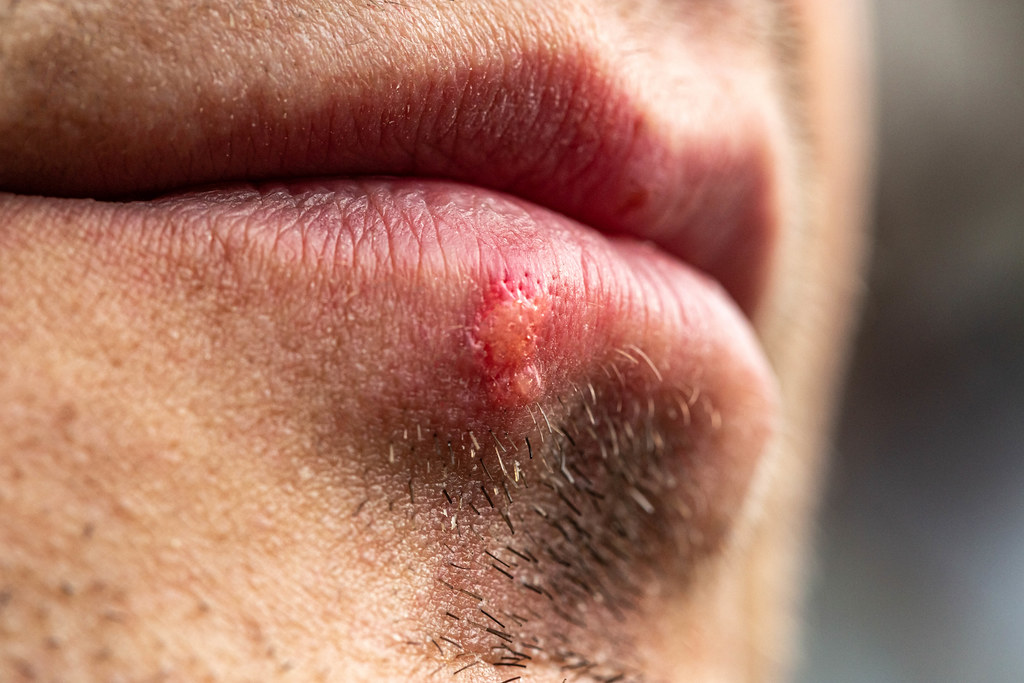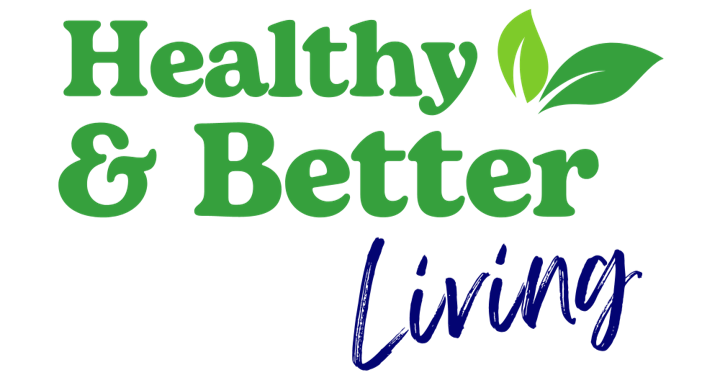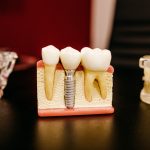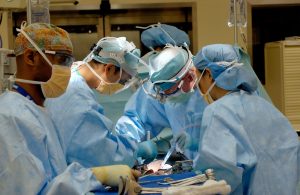
Understanding the intricacies of pimple on lips is crucial for those seeking comprehensive skincare knowledge. This article delves into the formation of lip pimples, exploring the underlying causes, distinguishing factors between lip pimples and cold sores, and offering effective treatment and prevention strategies.
Whether you are grappling with a painful pimple or want to differentiate between lip blemishes, this article caters to individuals of all ages and genders who seek informed skincare practices. Read on to unravel the mysteries behind lip pimples and equip yourself with valuable insights to achieve and maintain healthy, radiant skin.
Key Takeaways
- Lip pimples result from excess sebum production, clogged pores, and bacterial infection, similar to facial acne.
- Distinguishing lip pimples from cold sores involves considering factors such as appearance, cause, location, pain, and contagiousness.
- Effective pimple treatment involves topical treatments, good skincare practices, and avoiding picking or squeezing.
- Cold sore treatment includes antiviral medications and topical creams, with preventive measures to minimize outbreaks.
- Seven practical tips, including warm compresses, topical treatments, and hydration, can expedite the disappearance of lip pimples.
- Additional measures for swollen lip pimples include cold compresses, elevation, and antihistamines to reduce swelling.
- Painful lip pimples can be managed by avoiding aggravating factors, using topical pain relief, and refraining from touching the affected area.
What is a Pimple and How Do They Form on the Lip?
Pimples, also known as acne lesions, are inflammatory skin eruptions caused by various factors such as excess oil production, clogged pores, bacteria, and inflammation. The skin has numerous sebaceous glands that produce an oily substance called sebum. When these glands produce excess sebum and combine with dead skin cells, it can lead to the formation of a pimple.
The lip area is not immune to pimples. The skin on the lip contains hair follicles and sebaceous glands, making it susceptible to acne development. Pimples on the lip typically result from the same mechanisms as facial acne, including hormonal fluctuations, stress, poor skincare habits, and certain medications.
The process of pimple formation involves the following steps:
- Excess Sebum Production: Hormonal changes, especially during puberty, can lead to increased sebum production by the sebaceous glands.
- Clogged Pores: The excess sebum, along with dead skin cells, can clog hair follicles, creating an environment conducive to bacterial growth.
- Bacterial Infection: Propionibacterium acnes, a bacterium naturally present on the skin, can proliferate in the clogged pores, leading to inflammation.
- Inflammation: The immune response to the bacterial infection results in redness, swelling, and the formation of a pimple.
How to Tell if it’s a Cold Sore or a Pimple on the Lip:
Distinguishing between a pimple and a cold sore on the lip is crucial for appropriate treatment. Here are key factors to consider:
- Appearance:
- Pimple: Appears as a raised, red bump with a white or yellowish head. May be painful or tender to touch.
- Cold Sore: Typically presents as a cluster of small, fluid-filled blisters that may burst, crust over, and eventually heal.
- Cause:
- Pimple: Caused by excess sebum production, clogged pores, and bacterial infection.
- Cold Sore: Caused by the herpes simplex virus (HSV), commonly HSV-1. Initial infection can lead to recurrent outbreaks.
- Location:
- Pimple: This can occur anywhere on the lip or around the mouth.
- Cold Sore: Usually appears on the outer edge of the lip.
- Pain and Itching:
- Pimple: May be painful or tender, especially if inflamed.
- Cold Sore: Often accompanied by itching, burning, or tingling sensations.
- Contagiousness:
- Pimple: Not contagious.
- Cold Sore: Highly contagious, especially during the blistering stage.
Pimple on Lip vs. Cold Sore: Treatment and Prevention
- Pimple Treatment:
- Topical Treatments: Use over-the-counter creams containing benzoyl peroxide or salicylic acid.
- Good Skincare: Keep the lip area clean, avoid picking or squeezing, and use non-comedogenic lip products.
- Cold Sore Treatment:
- Antiviral Medications: Prescription antiviral medications like acyclovir can help shorten the duration of a cold sore outbreak.
- Topical Creams: Over-the-counter creams containing docosanol may alleviate symptoms.
- Prevention:
- Pimple: Maintain good skincare habits, avoid excessive sun exposure, and manage stress.
- Cold Sore: Avoid close contact with individuals during an outbreak, practice good hand hygiene, and use lip balms with sunblock to prevent UV-triggered outbreaks.
Also Read: What are HPV White Spots on Lips: A Comprehensive Guide
Pimple on Lip Treatment: 7 Tips to Make It Disappear Quickly
Dealing with a pimple on the lip can be uncomfortable, especially if it’s swollen or causing pain. Here are seven tips to help make a lip pimple disappear quickly:
- Warm Compress:
- Apply a warm compress to the pimple on your lip. The heat can help reduce inflammation, promote blood circulation, and encourage the pimple to come to a head.
- Topical Treatments:
- Use over-the-counter creams or ointments containing benzoyl peroxide or salicylic acid. These ingredients can help unclog pores, reduce swelling, and speed up the healing process.
- Avoid Picking:
- Resist the temptation to pick or squeeze the pimple. Picking can introduce bacteria, worsen inflammation, and potentially lead to scarring. Allow the pimple to heal naturally.
- Hydration:
- Stay well-hydrated by drinking plenty of water. Proper hydration supports overall skin health and can aid in the healing of skin blemishes.
- Topical Antibiotics:
- If the pimple shows signs of infection, consider applying an over-the-counter antibiotic ointment to prevent bacterial growth and promote healing.
- Avoid Harsh Products:
- Choose gentle, non-comedogenic lip balms and skincare products. Harsh ingredients can irritate the skin and exacerbate the pimple.
- Over-the-Counter Pain Relief:
- If the pimple on your lip is causing discomfort, consider taking over-the-counter pain relievers like ibuprofen or acetaminophen, following the recommended dosage.
Swollen Lip Pimple
If your lip pimple is swollen, consider the following additional tips:
- Cold Compress: Alternating between warm and cold compresses can help reduce swelling. Apply a cold compress for a few minutes to constrict blood vessels and soothe inflammation.
- Elevation: Prop yourself up with an extra pillow while sleeping to minimize fluid accumulation and reduce morning swelling.
- Antihistamines: If the swelling is due to an allergic reaction or inflammation, an antihistamine may help reduce symptoms. Consult with a healthcare professional before taking any medication.
Painful Pimple on Lip
A painful pimple on the lip can be a source of discomfort and frustration. Understanding the causes and implementing appropriate measures can help alleviate the pain and promote healing.
- Avoid Aggravating Factors: Identify and avoid factors that may exacerbate the pain, such as spicy foods, hot beverages, or harsh lip products. These can irritate the sensitive skin on the lips and worsen the discomfort.
- Topical Pain Relief: Consider applying over-the-counter topical treatments containing benzocaine or lidocaine to numb the affected area temporarily. Ensure you follow the product’s instructions for safe use.
- Avoid Touching: Refrain from touching or picking at the painful pimple, as this can introduce bacteria, worsen inflammation, and potentially lead to scarring.
Persistent Pimple on Lip Line for Months
A pimple on the lip line that persists for months requires careful attention and may indicate an underlying issue. Here are additional insights:
- Professional Evaluation: Schedule an appointment with a dermatologist for a comprehensive examination. A persistent pimple could be a sign of an underlying skin condition that requires professional assessment.
- Possible Causes: Persistent pimples on the lip line may be caused by conditions such as perioral dermatitis, angular cheilitis, or other skin disorders. A dermatologist can identify the specific cause through examination and, if necessary, additional tests.
- Prescription Medications: If the dermatologist identifies an underlying issue, they may prescribe topical or oral medications to address the root cause of the persistent pimple.
- Lifestyle and Skincare Adjustments: The dermatologist may recommend adjustments to your skincare routine, dietary habits, or lifestyle factors to prevent further outbreaks and promote skin health.
- Avoid Self-Treatment: Refrain from attempting to treat a persistent pimple with over-the-counter products without professional guidance. This can potentially worsen the condition.
- Follow-Up Appointments: Keep regular follow-up appointments with the dermatologist to monitor progress and make any necessary adjustments to the treatment plan.
Final Thoughts
In conclusion, understanding the formation, treatment, and prevention of pimples on the lip is pivotal for achieving and maintaining healthy skin. By following the best practices outlined in this article, individuals can navigate the challenges posed by lip pimples with confidence. Whether seeking quick relief for a bothersome pimple or adopting long-term skincare strategies, the insights provided here empower readers to take control of their skin health and embrace a radiant complexion.
Also Read: Skin SOS: Navigating Cold Sores and Pimples 101
FAQs
- Q: What causes pimples on the lip?
- A: Pimples on the lip result from excess sebum production, clogged pores, and bacterial infection, similar to facial acne.
- Q: How can I differentiate between a pimple and a cold sore on the lip?
- A: Factors such as appearance, cause, location, pain, and contagiousness help distinguish lip pimples from cold sores.
- Q: Are lip pimples contagious?
- A: No, lip pimples are not contagious, while cold sores are highly contagious, especially during the blistering stage.
- Q: What are the best treatments for lip pimples?
- A: Topical treatments, good skincare practices, and avoiding picking are effective ways to treat lip pimples.
- Q: How do I manage a swollen lip pimple?
- A: Use cold compresses, elevate your head while sleeping, and consider antihistamines to reduce swelling.
- Q: Can I use over-the-counter pain relievers for a painful lip pimple?
- A: Yes, over-the-counter pain relievers like ibuprofen or acetaminophen can help alleviate discomfort, following the recommended dosage.
- Q: What should I do if a lip pimple persists for months?
- A: Consult a dermatologist for a comprehensive examination, possible prescription medications, and lifestyle adjustments to address underlying causes.
#SkincareTips #LipPimples #HealthySkin #AcneCare #DermatologyInsights #ColdSoreVsPimple #SkinHealthMatters #PimpleTreatment #BeautyRoutine #DermatologistAdvice #RadiantComplexion #SkinCareWisdom #FAQsSkincare #PreventAcne #ClearSkinJourney
Note: The information provided in this article is for educational purposes only and should not be taken as medical advice. For personalized health recommendations, it is always advisable to consult with a healthcare professional before incorporating any changes to your daily health routine.







No comment yet, add your voice below!